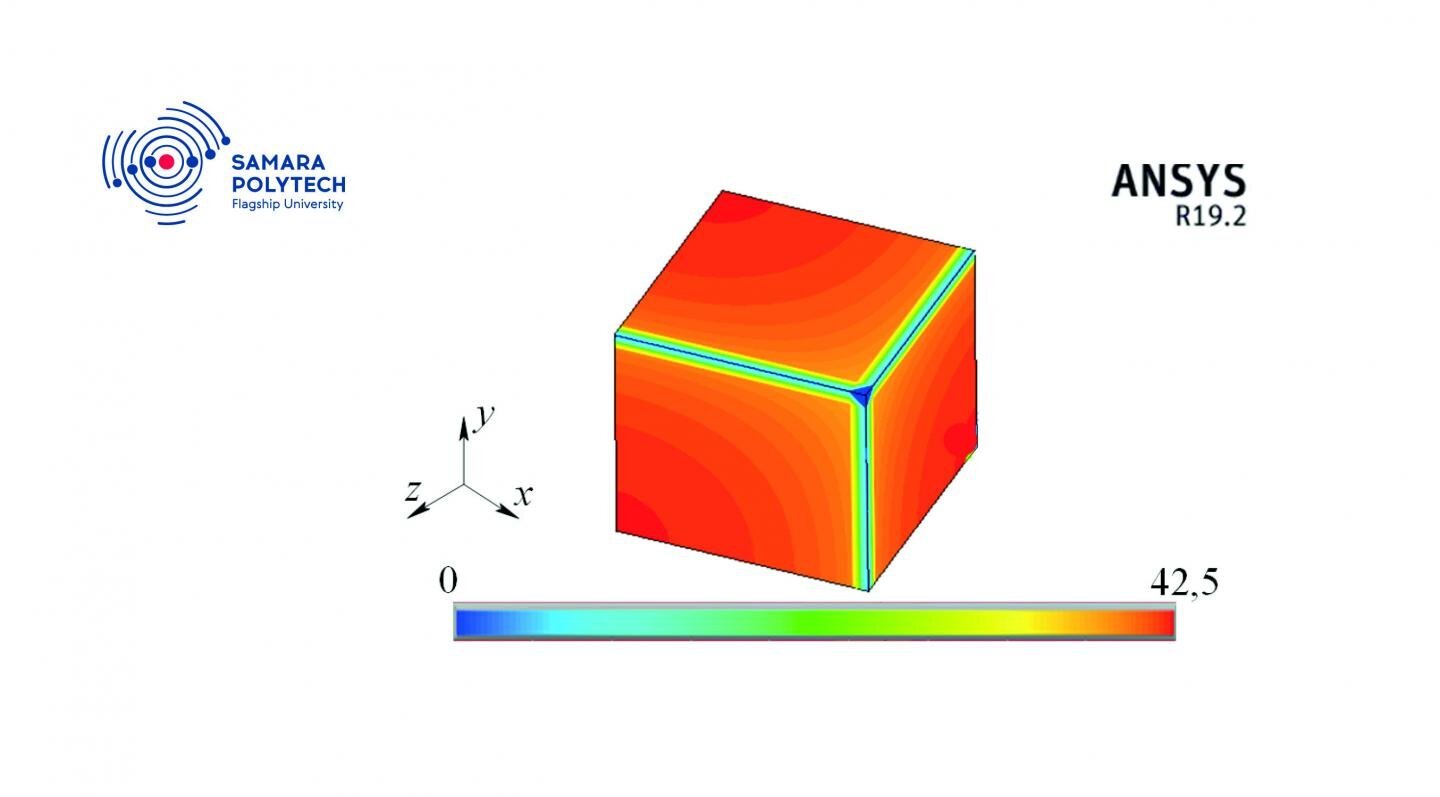Data scientists operate at the intersection of mathematics, statistics, and computer science, utilizing extensive datasets to extract valuable insights and drive decision-making processes. A hallmark of their expertise is mathematical modeling. However, how vital is mathematical modeling for these professionals? Could it be said that mathematical modeling is the foundation upon which the edifice of data science rests?
To explore this inquiry, it is essential to first define what constitutes mathematical modeling in the context of data science. Mathematical modeling refers to the process of representing real-world phenomena through mathematical expressions, enabling quantitative analysis and simulation of various scenarios. This can take numerous forms, including statistical models, differential equations, and algorithmic structures. Consequently, it acts as a potent tool for data scientists, facilitating the investigation of complex systems and relationships hidden within vast datasets.
The significance of mathematical modeling can be highlighted in three main aspects. Firstly, it aids in understanding and simplifying complexities. Data science often deals with intricate systems that exhibit nonlinear behaviors or are influenced by a multitude of variables. Through mathematical models, data scientists can distill these complexities into manageable representations, elucidating underlying mechanisms and establishing correlations among variables.
Consider a data scientist tackling climate modeling. The atmosphere is fraught with competing forces, from greenhouse gas emissions to ocean currents. Without a mathematical model, one would struggle to capture the dynamic interactions at play. Instead, by constructing equations that express these interactions, data scientists can simulate potential outcomes based on various scenarios, such as the effect of different emission levels over time. This simplification not only aids in forecasting but also informs policymakers about possible ramifications, encapsulating the robustness of mathematical modeling.
Secondly, mathematical modeling fosters predictive capabilities. The ability to forecast future trends and behaviors is how data science often creates value for organizations across diverse sectors. Predictive modeling leverages existing data to project future outcomes, guiding strategic decision-making. For example, in the healthcare domain, predictive models can analyze patient data to foresee disease outbreaks or treatment efficacies. By employing algorithms that fit historical data to probabilistic models, data scientists can offer insights that proactively address health crisis management.
Moreover, the robustness of these forecasts hinges on the mathematical sophistication of the models utilized. A model that insufficiently captures the intricacies of a system may lead to misguided decisions, reinforcing the importance of rigor in model selection and validation. This poses a challenge: when is a model robust enough? Striking a balance between model complexity and interpretability often necessitates profound expertise and intuition borne from experience.
Lastly, mathematical modeling enables iterative refinement through hypotheses testing. Data scientists often operate under a constant ethos of inquiry, developing hypotheses based on initial analyses that guide subsequent explorations. Mathematical models serve as the framework for this iterative scientific process, allowing data scientists to formulate predictions, gather empirical data, and triangulate findings against their theoretical underpinnings. Through statistical validation techniques such as cross-validation, data scientists can ascertain model fidelity, iteratively adjusting parameters until an optimal model emerges.
This continual refinement is paramount in an age where data’s intricacies evolve rapidly, requiring models to be agile and adaptable. The landscape of data science presents a challenge: as new data streams and technologies emerge, how must the models evolve to maintain their relevance? Can predictive accuracy keep pace with the burgeoning data? These questions underscore the dynamic nature of the field and highlight the need for ongoing research and development.
The prevalence of machine learning algorithms in data science has further elevated the conversation around mathematical modeling. While traditional statistical models have laid the groundwork, contemporary methodologies allow for more intricate interactions and larger datasets. Yet, this popularity introduces a new challenge: differentiating between appropriate models that accurately reflect a phenomenon versus those that merely offer an impressive statistical fit. In essence, the data scientist must navigate the thin line between model sophistication and overfitting, preserving generalizability without succumbing to complexity.
Furthermore, embracing uncertainty is integral to mathematical modeling. Real-world data is rarely crystal clear; it is oftentimes laden with noise and incomplete information. Utilizing mathematical models necessitates a certain tolerance for uncertainty. Data scientists must learn to quantify this uncertainty, harnessing modern Bayesian methods that allow for probabilistic interpretations of model outputs. This paradigm shift not only enhances decision-making but also empowers stakeholders to engage with the model’s limitations meaningfully.
In conclusion, mathematical modeling stands as a pivotal element in the arsenal of data scientists. It simplifies complexities, fosters predictive capabilities, and encourages iterative refinement. Yet, the field continuously evolves, bringing forth a conundrum: how can data scientists adeptly adapt their modeling approaches to keep pace with the exponential growth of data and the evolving nature of the questions they seek to answer? Engaging with this challenge is essential for the sustainable advancement of data science. Thus, we may provocatively ask: as the data landscape expands, will the mathematical models be able to keep up, or will they fade into obsolescence? The answer rests in the hands of the data scientists, poised to navigate these uncharted waters.












